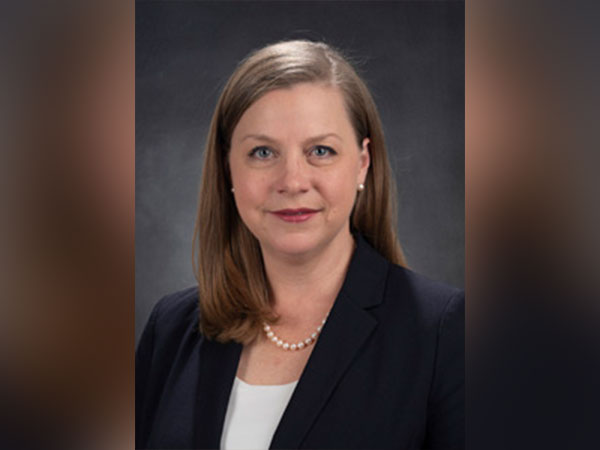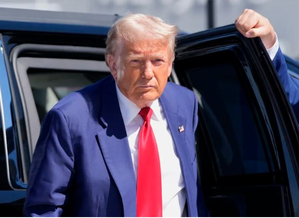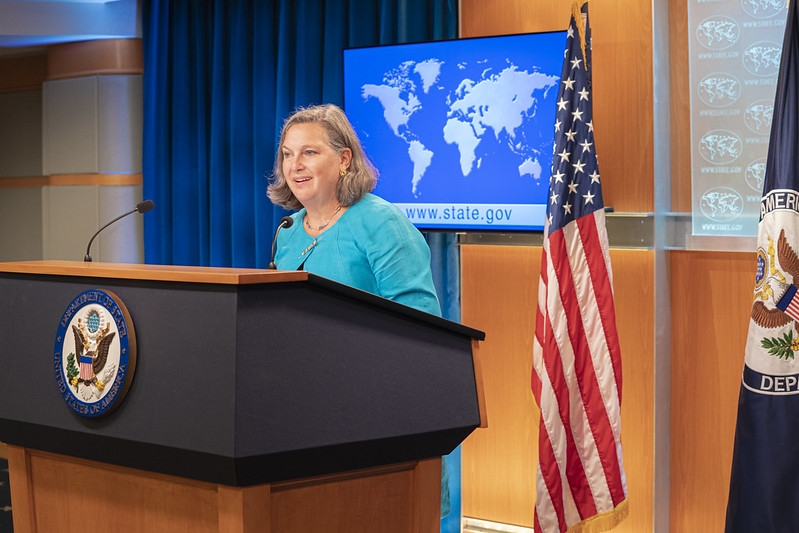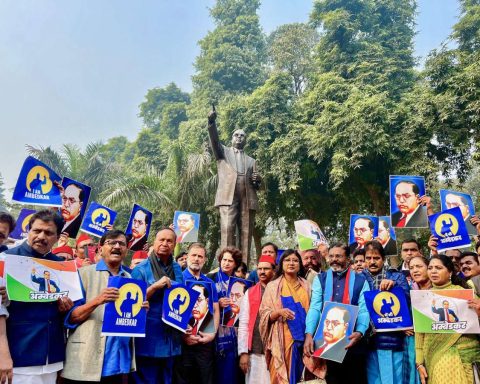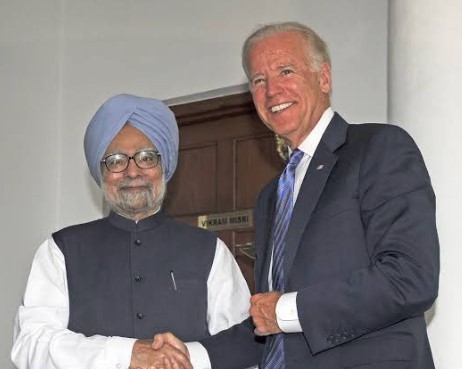Fed officials are scheduled to decide further monetary policy in their meeting on Sept. 20, with an unusually long gap between meetings …reports Asian Lite News
Additional interest rate hikes will likely be needed to lower inflation to the US Federal Reserve’s 2% target, Fed Governor Michelle Bowman said on Monday.
“We have made progress in lowering inflation over the past year, but inflation is still significantly above the FOMC’s 2 percent target,” Bowman said at an event in Atlanta, referring to the Federal Open Market Committee.
Bowman highlighted that the labor market continues to be tight, with job openings still far exceeding the number of available workers.
Given these developments, the Fed official said that she had supported raising the federal funds rate at the July meeting. Last month, the Fed raised its benchmark interest rate by a quarter percentage point to a range of 5.25 percent to 5.5 percent, the highest level in 22 years.
Bowman expected that “additional increases will likely be needed to lower inflation to the FOMC’s goal.” “I will be looking for evidence that inflation is on a consistent and meaningful downward path as I consider whether further increases in the federal funds rate will be needed, and how long the federal funds rate will need to remain at a sufficiently restrictive level,” she said.
Bowman, one of the more hawkish members of the Fed’s rate-setting committee, made similar comments in a speech on Saturday in Colorado, underlining further interest rates hikes will likely need to get inflation on a path down to the Fed’s 2 percent target.
“We should remain willing to raise the federal funds rate at a future meeting if the incoming data indicate that progress on inflation has stalled,” the Fed official noted on Saturday.
Fed officials are scheduled to decide further monetary policy in their meeting on Sept. 20, with an unusually long gap between meetings allowing them to review data on inflation, the job market and the macroeconomy.
After the latest rate hike in July, Fed Chair Jerome Powell left the door open to another increase in September, but also signaled that cooler data could lead to a pause. With consumer prices continuing to show faster-than-expected signs of cooling in July, the market widely expects the Fed to be less aggressive with its monetary policy stance.
Many investors and some economists, with optimism, are currently betting against any further rates increases, and they even expect the central bank’s next move to be a rate cut in the first months of next year. Goldman Sachs economists said they continue to anticipate the Fed will “decide that a final hike is unnecessary” due to cooling inflation.
“We expect the decline in core inflation to more than outweigh the mid-year resilience in growth and wage data,” Goldman Sachs economists wrote in a note on Friday. According to the CME Group’s FedWatch Tool, around 86.5 percent of market participants expect the central bank not to hike interest rates in September.
On Friday, a Bureau of Labor Statistics report showed nonfarm payrolls increased 187,000 last month — less than forecast — while the unemployment rate unexpectedly dropped to 3.5%, one of the lowest readings in decades.
After the release of the jobs data, two Fed officials said slower US employment gains suggest the labor market is coming into better balance, arguing the central bank may soon need to pivot to thinking about how long to hold interest rates at elevated levels.
“I expected the economy to slow down in a fairly orderly way, and this number — 187,000 — comes in continuing that pace,” Atlanta Fed President Raphael Bostic said. “I’m comfortable. I’m not expecting this to be over in a short period of time,” Bostic added in reference to the slowdown, suggesting he doesn’t see any need for additional rate hikes.
Chicago Fed President Austan Goolsbee said policymakers will need to be patient through the disinflation process, and is hopeful the central bank can bring inflation down to its 2% target without causing a recession. They will soon need to start thinking about when to hold interest rates steady, and for how long, he said.
Meanwhile, Bowman noted some progress on inflation, which by the widely followed consumer price index slowed to a 3 per cent annual rate in June, down from 9 per cent in the middle of 2022.
“The recent lower inflation reading was positive, but I will be looking for consistent evidence that inflation is on a meaningful path down towards our 2 per cent goal as I consider further rate increases and how long the federal funds rate will need to remain at a restrictive level,” she said.
“I will also be watching for signs of slowing in consumer spending and signs that labour market conditions are loosening.”
The Labour Department’s monthly job market report on Friday showed that hiring slowed in June, but unemployment, at 3.5 per cent, remains low, and Ms Bowman noted there are still many more available jobs than there are workers to fill those jobs.
Banks also continue to increase lending to households and businesses, albeit at a slower pace than when interest rates were lower, with no sharp contraction of credit since the banking turmoil in March, she said.
